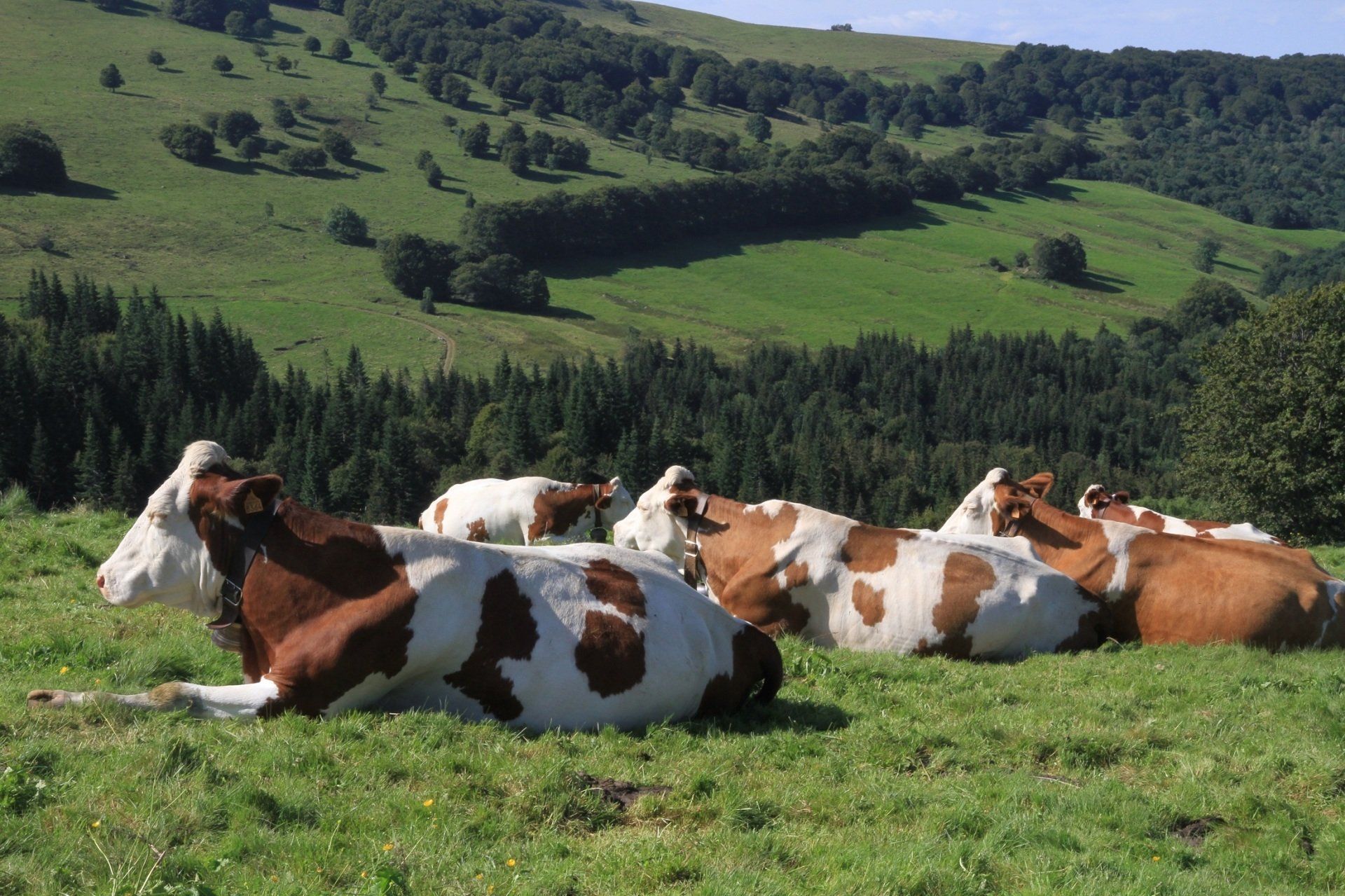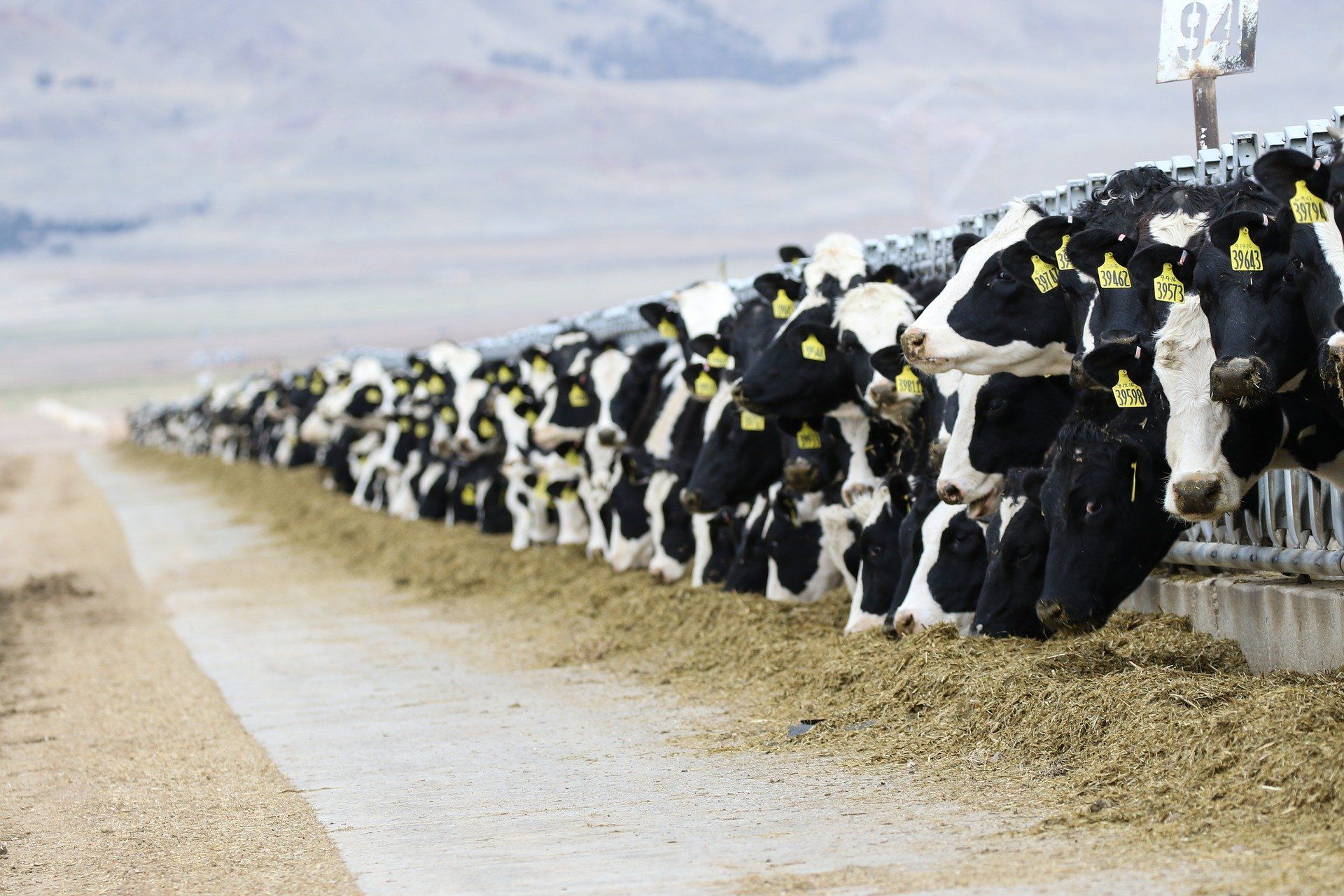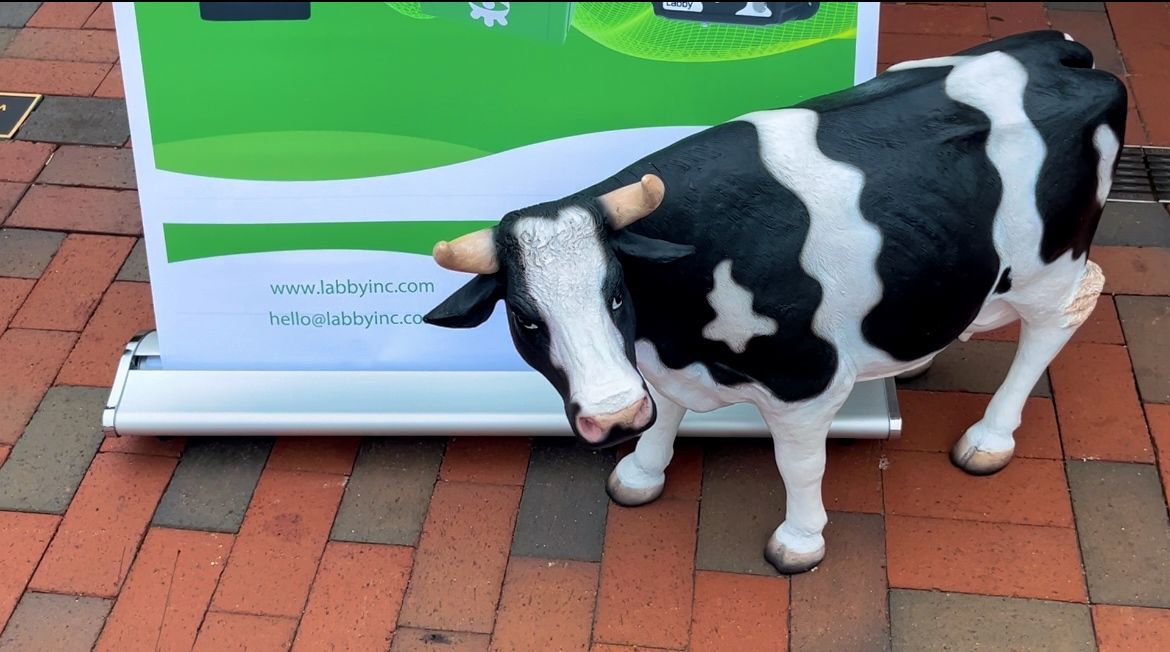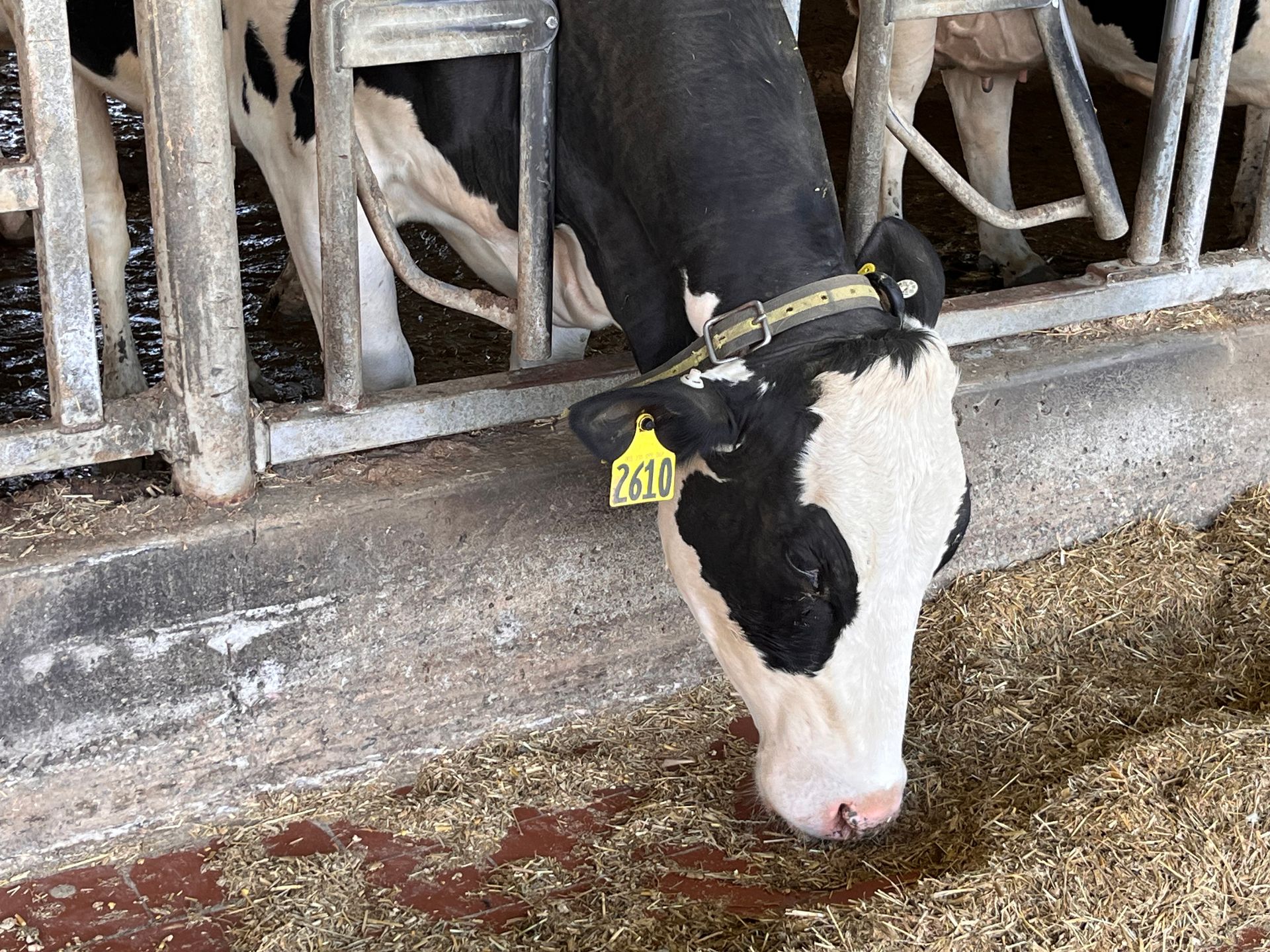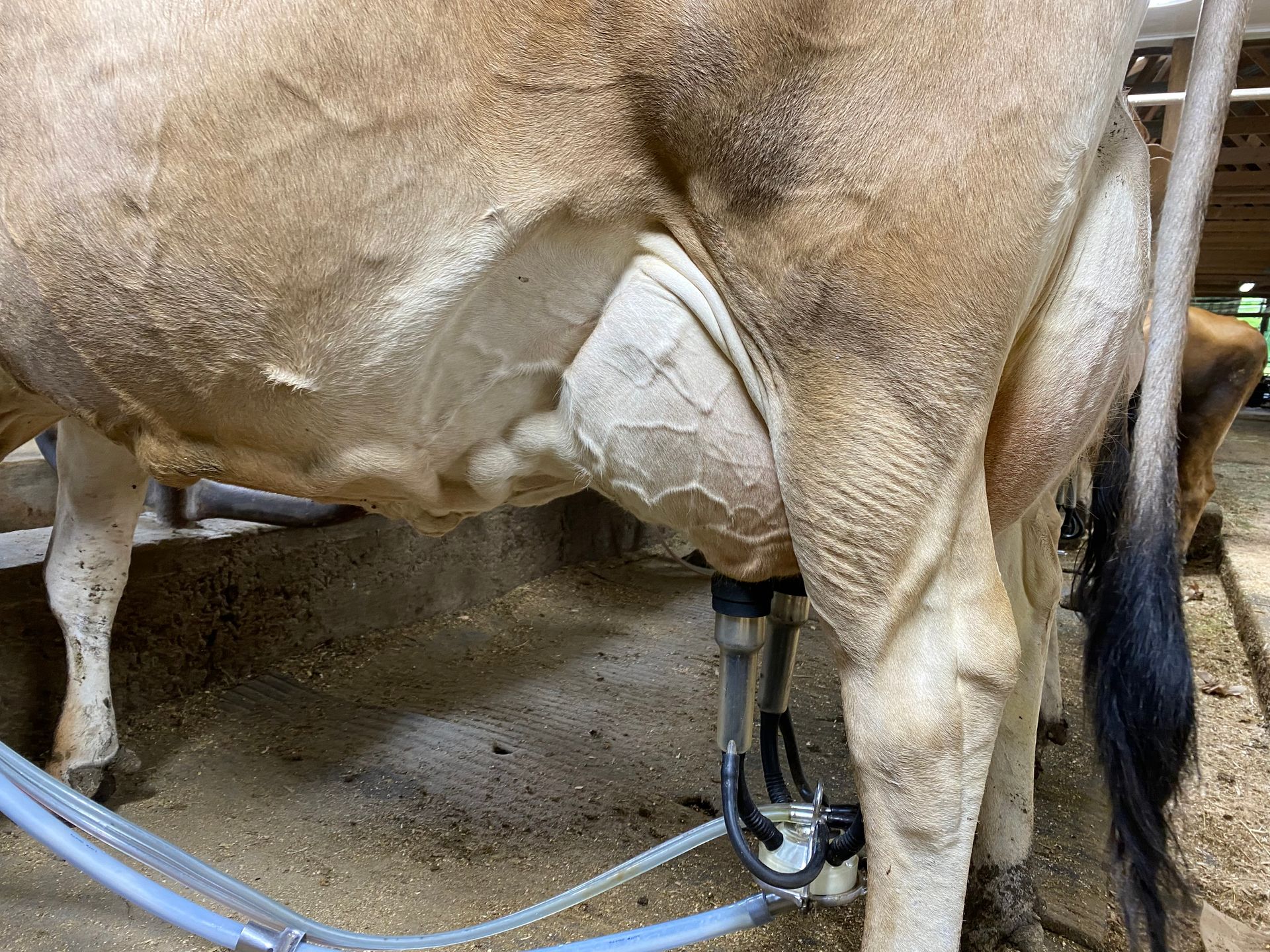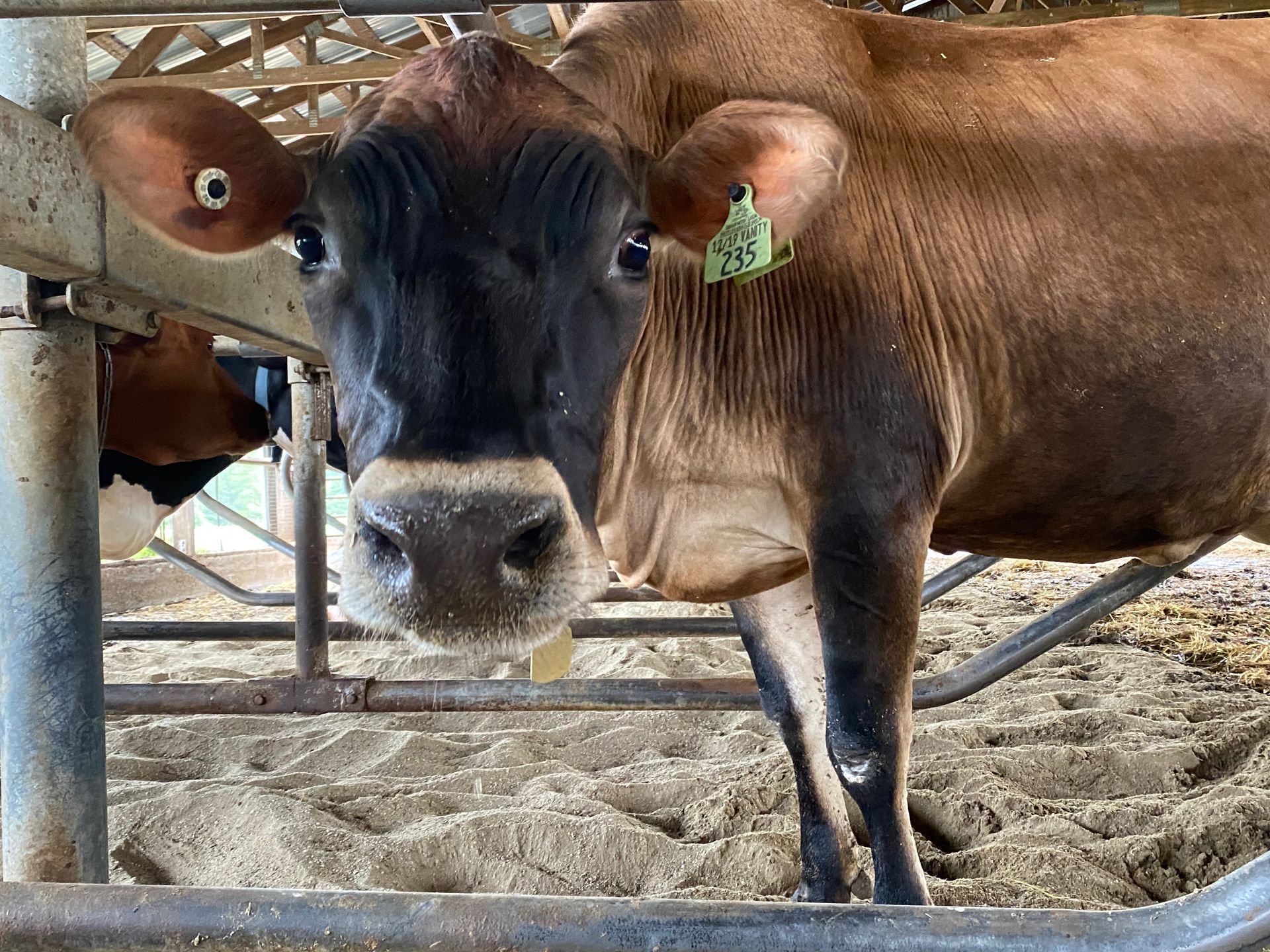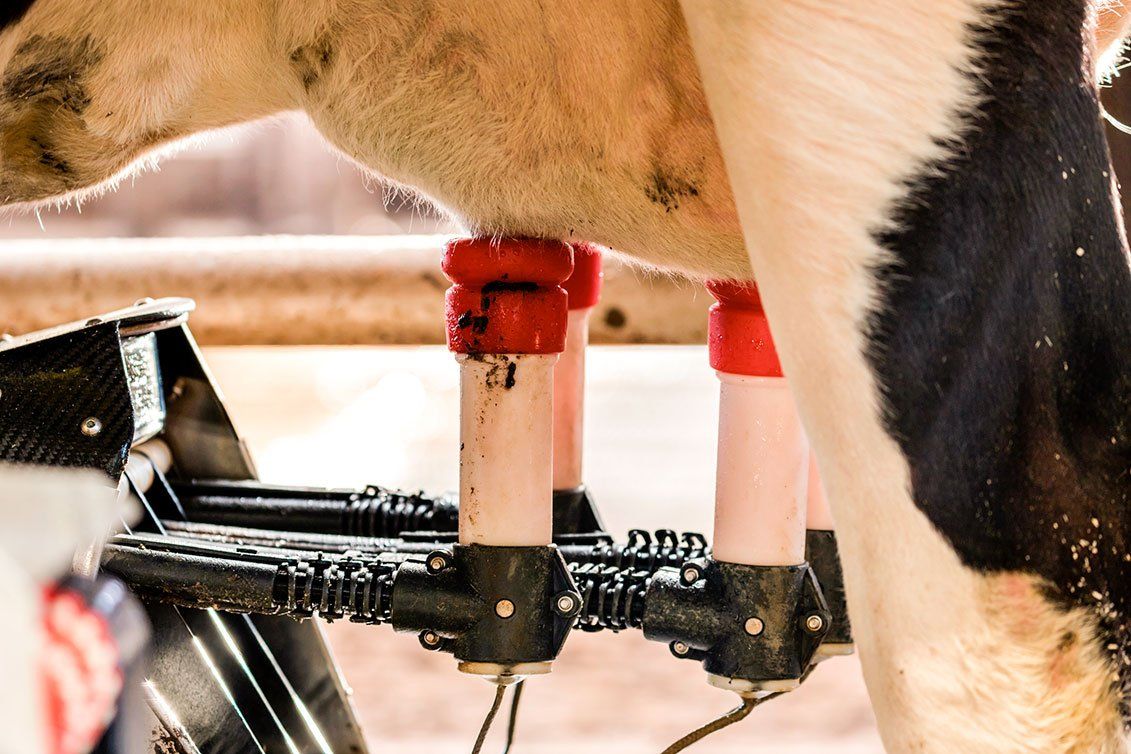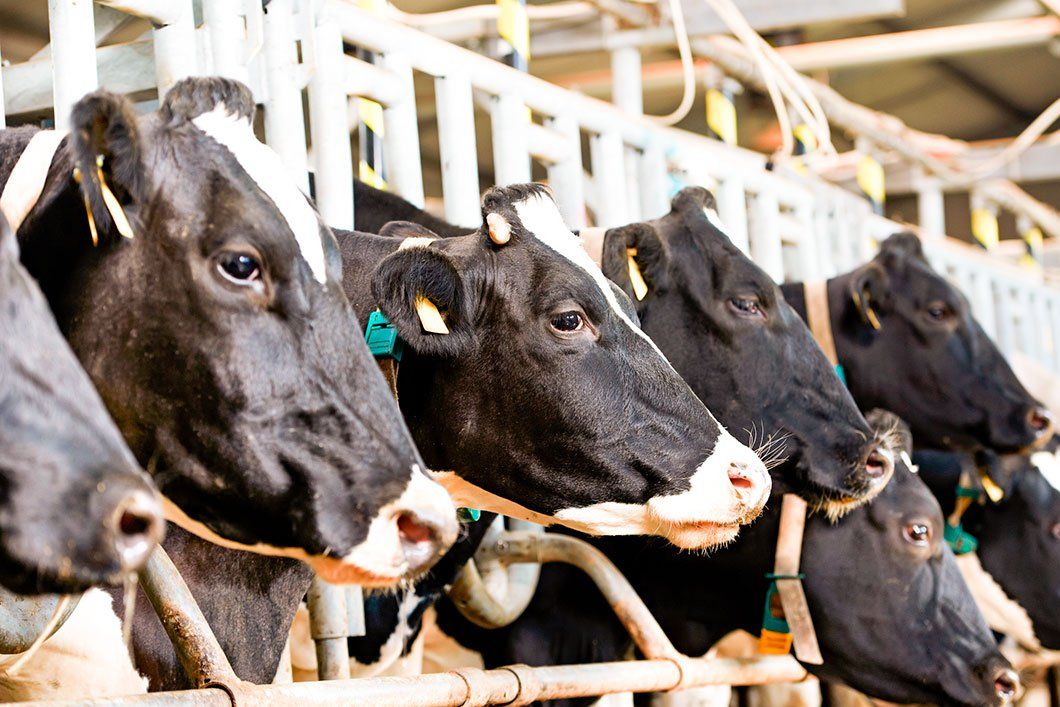How Labby Empowers Farmers for Better Herd Health and Profitability
Mastitis remains one of the most challenging and costly diseases for dairy farmers, but with the right tools, early detection and prevention can transform this problem into an opportunity for improved herd health and profitability. Labby’s advanced real-time solutions bring precision and convenience to mastitis management, providing actionable insights that help farmers spot issues early, collaborate effectively with veterinarians, and reduce antibiotics use while maintaining milk quality.
Spot Mastitis Early: Protect Your Cows, Boost Herd Health
The key to effective mastitis management lies in detecting infections before they escalate into costly, milk-damaging issues. Labby’s Inline SCC Analyzer provides real-time somatic cell count (SCC) measurements during every milking session, allowing farmers to catch early signs of mastitis before they affect milk yield or herd health. This continuous monitoring ensures that subclinical infections are addressed promptly, reducing the risk of chronic cases that can severely impact productivity.
With early intervention, farmers can reduce treatment costs, minimize milk losses, and safeguard the long-term productivity of their herds. By integrating early detection into their daily routines, farms can achieve healthier cows and more consistent milk output.

Instant Vet Collaboration: Share Critical Data at the Click of a Button
Effective mastitis management often requires input from veterinarians, but delays in sharing farm data can hinder timely intervention. With Labby’s MilKey platform, farmers have access to real-time health insights on their mobile devices or desktops, allowing them to instantly share SCC data, milk component trends, and health reports with their vets.
This instant collaboration ensures that vets can diagnose the issue remotely and recommend treatment without waiting for on-site visits. By reducing the time between detection and action, farmers can avoid costly delays and maintain better control over herd health. The ability to share consistent, accurate data also fosters better decision-making and more proactive herd management.
Stay Alert: Visual Warnings for Abnormal SCC Trends
Data overload can overwhelm farmers, making it difficult to detect critical health risks in time. Labby’s visual alert system in our Inline SCC Analyzer simplifies the process by highlighting abnormal SCC trends through visual warnings. When SCC levels spike or deviate from the norm, farmers are immediately notified, allowing them to act quickly and investigate potential causes of infection.
These visual alerts not only prevent mastitis cases from going unnoticed but also help farmers identify recurring patterns in individual cows or the entire herd. By tracking these trends, farms can implement preventive measures to avoid future outbreaks and optimize their overall herd management strategies.
Cut Antibiotics, Not Quality: Embrace Selective Dry Cow Therapy Today!
Antibiotic overuse is a growing concern in the dairy industry, both for regulatory compliance and consumer perception. Labby’s data-driven approach supports selective dry cow therapy (SDCT) by providing precise SCC readings to determine which cows require antibiotics and which do not. Instead of administering blanket treatments to all cows during the dry period, farmers can target only those with infections, reducing overall antibiotic usage by up to 44%.
This targeted approach not only preserves milk quality but also contributes to healthier cows and reduced veterinary costs. SDCT, backed by reliable data from Labby’s systems, allows farms to balance disease prevention with sustainable practices, building trust with consumers and meeting industry standards for antibiotic reduction.
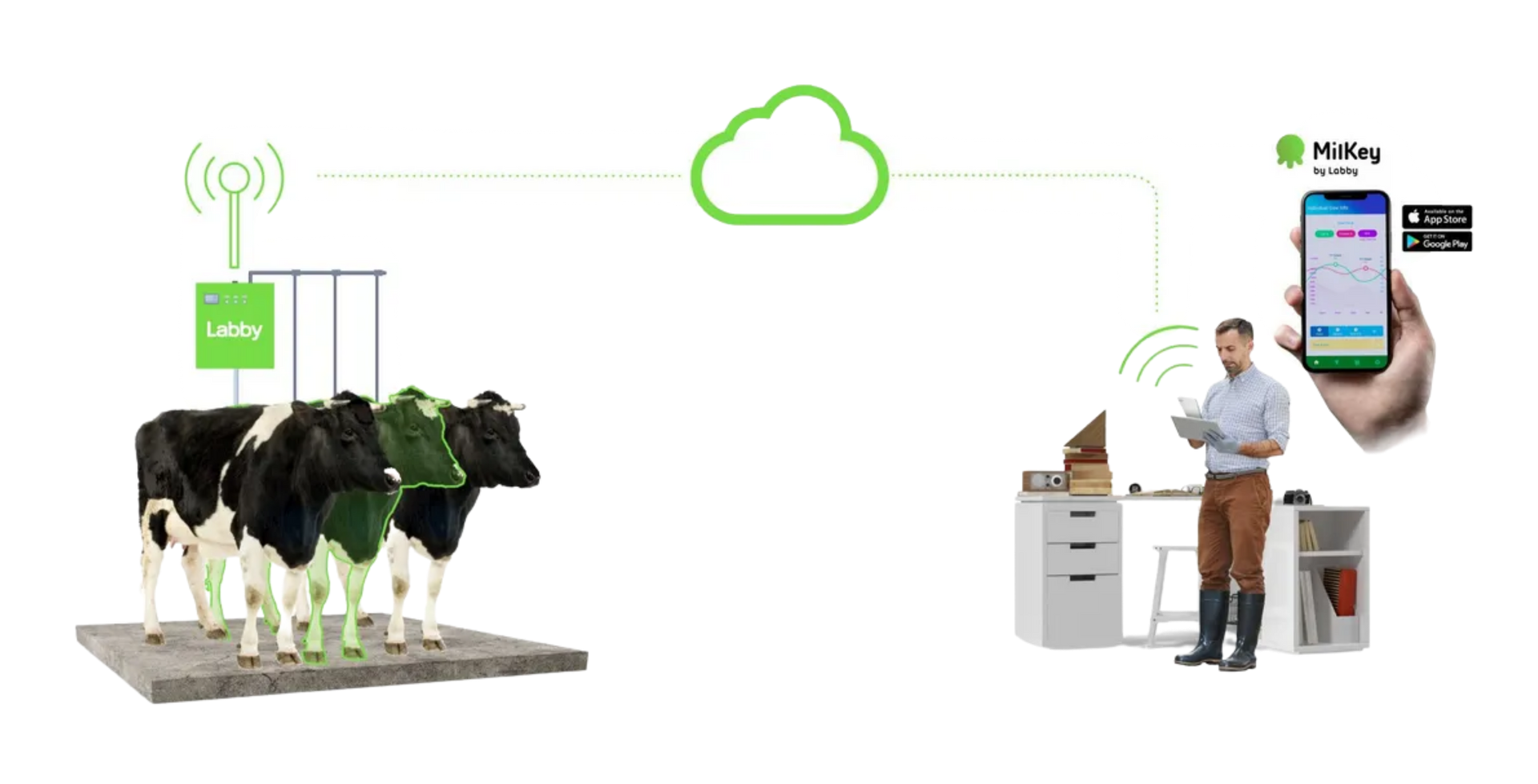
With Labby’s comprehensive mastitis management tools, farmers gain more than just early detection—they gain a pathway to healthier herds, higher milk productivity, and long-term profitability. By integrating real-time monitoring, instant data sharing, and advanced alert systems, Labby empowers dairy farms to minimize mastitis-related losses while embracing sustainable practices like SDCT.
It’s time to take the guesswork out of mastitis management and let Labby’s cutting-edge solutions drive better outcomes for your farm. Reach out to learn how we can help you unlock the full potential of precision dairy farming today.

